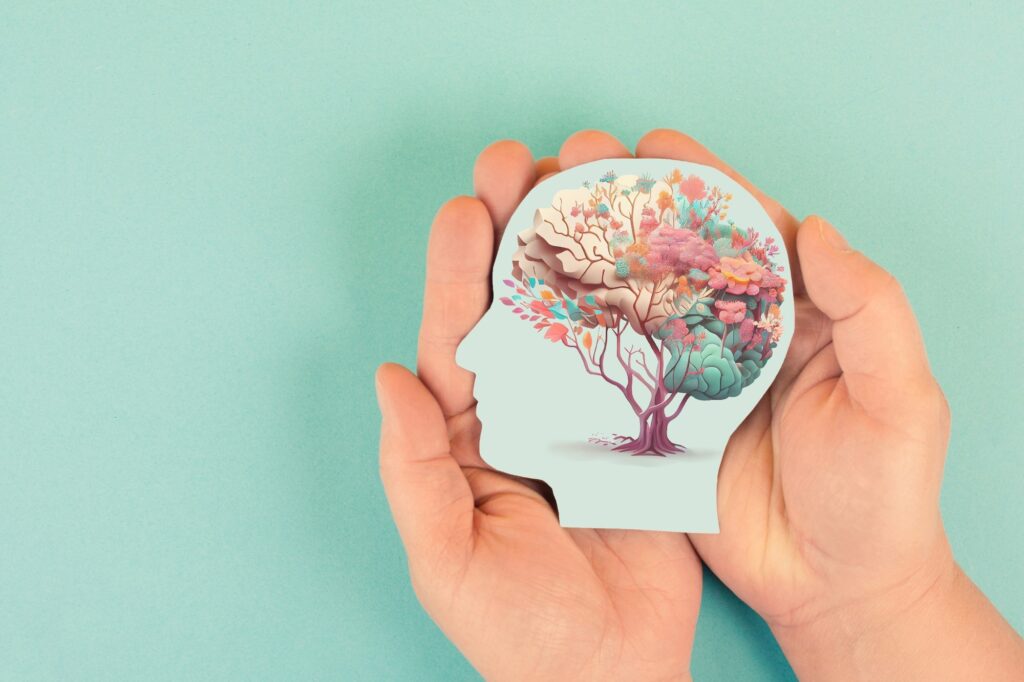In a study recently published in the journal Autism Research, a group of researchers investigated the association between a family history of neurodevelopmental disorders (NDD) and neuropsychiatric disorders (NPD) and the developmental outcomes of younger siblings of children with autism (SIBS).
 Study: Family history of mental illness and the development of siblings of children with autism. Image credit: Berit Kessler/Shutterstock
Study: Family history of mental illness and the development of siblings of children with autism. Image credit: Berit Kessler/Shutterstock
background
Autism spectrum disorder (autism) is a neurodevelopmental disorder characterized by social and communication impairments, sensory hypersensitivity, repetitive behaviors, and stereotyped interests. The prevalence of autism in the United States is estimated at 2.78%. Having a relative with autism increases the likelihood of familial recurrence, with greater genetic similarity increasing the likelihood. Additionally, family members with a history of NDD and NPD disorders, such as intellectual disability, attention deficit hyperactivity disorder (ADHD), anxiety, and depression, also increase the odds of autism. Further research is needed to better understand the impact of family history on the diverse phenotypic outcomes of siblings of children with autism and to improve early detection and intervention strategies.
About the Research
The study involved 229 children with at least one older sibling diagnosed with autism. Participants were recruited between March 2006 and May 2022, had a mean age of 25 months, and were included if their sibling had a clinical diagnosis of autism. Exclusion criteria included gestational age <34 weeks, sensory impairment, non-febrile seizure disorder, or known genetic syndrome. The sample was 64% male and 36% female, and predominantly Caucasian (79%). Family history was collected using the Family History Interview (FHI) form and analyzed in a binary fashion, focusing on neurodevelopmental and psychiatric disorders in first-, second-, and third-degree relatives.
Autistic traits were measured using the Autism Diagnostic Observation Schedule-2 (ADOS-2). Concurrently, intelligence quotient (IQ) was assessed using the Differentiated Abilities Scale-III (DAS-III) or the Mullen Early Learning Scale for Toddlers (MSEL). Adaptive functioning was assessed using the Vineland Adaptive Behavior Scales-II (VABS-II). Phenotype data were collected at the most recent consultation, and a clinical best estimate (CBE) diagnosis was made based on a global assessment.
Multivariate linear regression analyses analyzed the association between family history and phenotypic outcomes, controlling for year of birth, sex, race, ethnicity, and parental education.Statistical analyses were performed using R statistical software, version 4.3.1.
research result
Based on the overall assessment, 51 (22%) of the 229 children were diagnosed with autism, 79 (35%) showed broad autism phenotype (BAP) traits or other clinically significant concerns, and 99 (43%) had a typical outcome. These proportions are consistent with previous reports of developmental outcomes in sibling cohorts and highlight the phenotypic heterogeneity in this population. Siblings with and without a diagnosis of autism did not differ significantly in age at recruitment or phenotypic assessment.
The prevalence of NDDs and NPDs in sibling relatives was consistent with other reports of autistic families. The most frequently reported NDD was language delay requiring treatment (64%), followed by ADHD (41%) and intellectual disability (ID) (11%). The most common NPDs were anxiety disorders (44%), depression (43%), bipolar disorder (17%) and schizophrenia (8%).
Family history variables explained 7% and 5% of the variance in ADOS-2 social-emotional (SA) and restricted repetitive behavior (RRB) scores, respectively, after controlling for covariates. SA scores were higher in siblings with a family history of anxiety disorders and schizophrenia, while RRB scores showed a trend toward being higher in those with a family history of ID.
Family history accounted for 17% and 14% of the variance in verbal and non-verbal IQ scores. Verbal IQ was negatively correlated with family history of intellectual disability (ID) and anxiety disorders and positively correlated with a history of depression. Non-verbal IQ showed similar correlations, with declines associated with ID and anxiety disorders and increases associated with depression. Having a relative with ID or an anxiety disorder was associated with lower verbal and non-verbal IQ scores, whereas a history of depression was associated with higher scores.
Family history variables explained 14% and 10% of the variance in VABS-II communication and socialization scores, respectively. Communication scores were negatively correlated with family history of intellectual disability, anxiety disorder, and bipolar disorder, and positively correlated with depression. Socialization scores were negatively correlated with family history of anxiety disorder, schizophrenia, and bipolar disorder. A history of depression was associated with higher communication scores, whereas a family history of intellectual disability, anxiety disorder, and bipolar disorder was associated with lower communication and socialization scores.
Conclusion
In summary, this study shows for the first time that these phenotypic outcomes of SIBS are associated with family history of anxiety, depression, schizophrenia, bipolar disorder, and ID. Although some disorders were correlated with lower levels of functioning, depression was associated with more optimal outcomes. After controlling for covariates, family history of NDD and NPD disorders accounted for 5% to 17% of the variance in the outcomes, with effect sizes ranging from small to medium.



